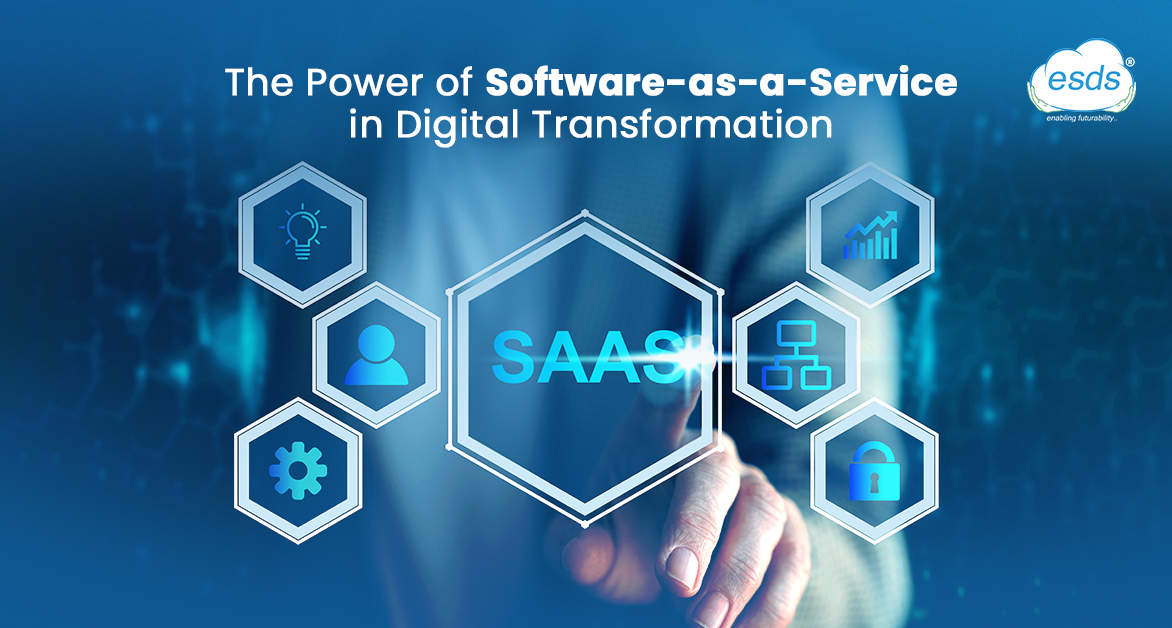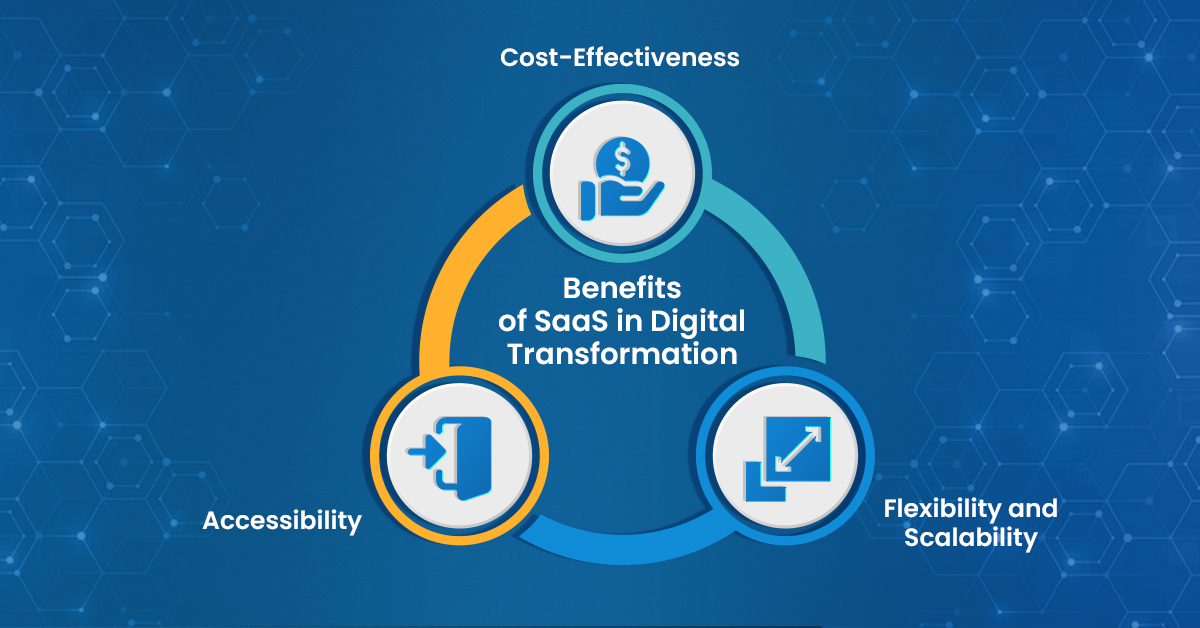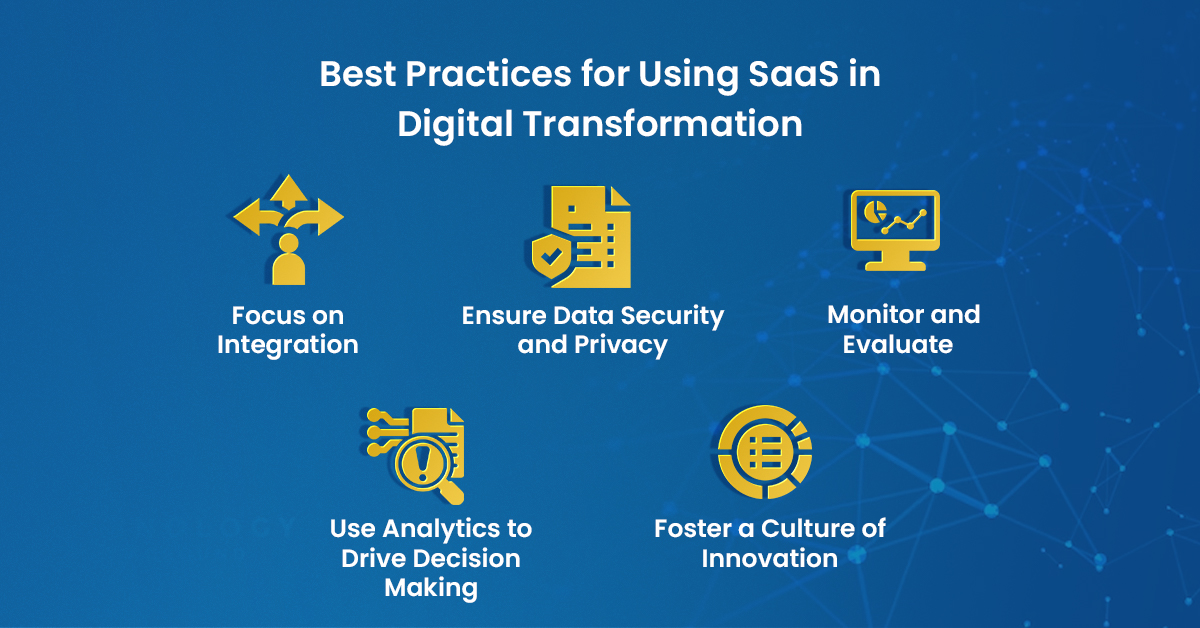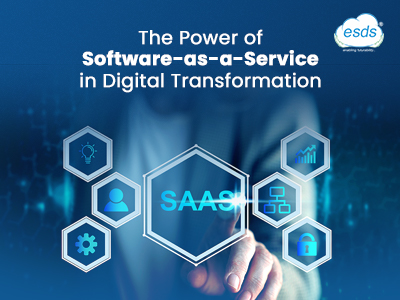The Power of Software-as-a-Service in Digital Transformation
In today’s fast-paced and ever-evolving business world, keeping up with technology is crucial to staying relevant and competitive. One of the most significant ways technology is changing the game is through the rise of software-as-a-service (SaaS) in digital transformation. SaaS is a software delivery model that allows businesses to access software applications over the internet, rather than installing and maintaining them on-premise. This revolutionizes the way businesses operate, providing flexibility, scalability, and cost-effectiveness that traditional software simply can’t match. From cloud-based CRMs to project management tools, SaaS solutions have become an integral part of modern business operations. In this article, we’ll explore the power of SaaS in digital transformation and how it can help businesses streamline their operations, increase efficiency, and drive growth in the digital age. So, let’s dive in and discover how SaaS is revolutionizing the way we do business.

Understanding Digital Transformation
Digital transformation is the integration of digital technology into all areas of a business, fundamentally changing how businesses operate and deliver value to customers. It involves the adoption of digital technologies, such as cloud computing, mobile devices, and big data analytics, to improve business processes, enhance customer experiences, and drive innovation. Digital transformation is not just about technology, but also about creating a culture of innovation and agility that enables businesses to adapt to changing market conditions. Digital transformation is essential for businesses that want to stay competitive in today’s digital age. It enables businesses to be more customer-centric, efficient, and innovative. Digital transformation requires a significant investment in technology, but the benefits can be immense, including increased revenue, improved customer satisfaction, and reduced costs.
Benefits of SaaS in Digital Transformation
SaaS is a critical enabler of digital transformation. It offers several benefits that traditional software simply can’t match, including:
- Flexibility and Scalability
SaaS applications are delivered over the Internet, making them highly flexible and scalable. Businesses can easily add or remove users, adjust the level of service, and scale up or down as needed. This provides businesses with the flexibility they need to adapt to changing market conditions and customer demands.
- Cost-Effectiveness
SaaS applications are typically subscription-based, which means businesses only pay for what they use. This eliminates the need for upfront investment in software licenses, hardware, and maintenance. SaaS applications are also maintained and updated by the vendor, reducing the burden on IT staff, and ensuring that businesses always have access to the latest features and functionality.
- Accessibility
SaaS applications are accessible from anywhere with an internet connection, making them ideal for remote work and distributed teams. This allows businesses to collaborate in real-time, regardless of location, and ensures that everyone has access to the same information and tools.

SaaS vs Traditional Software
There are several key differences between SaaS and traditional software:
- Ownership
With traditional software, businesses own the software licenses and are responsible for installing, maintaining, and updating the software. With SaaS, businesses subscribe to the software and rely on the vendor to maintain and update the software.
- Cost
Traditional software requires significant upfront investment in software licenses, hardware, and maintenance. SaaS applications are typically subscription-based, eliminating the need for upfront investment.
- Maintenance and Updates
With traditional software, businesses are responsible for maintaining and updating the software. With SaaS, the vendor is responsible for maintaining and updating the software, ensuring that businesses always have access to the latest features and functionality.
- Accessibility
Traditional software is typically installed on-premise and can only be accessed from within the organization. SaaS applications are delivered over the Internet, making them accessible from anywhere with an Internet connection.
Common SaaS Applications for Business
SaaS applications are available for almost every business function, including:
- Customer Relationship Management (CRM)
CRM software helps businesses manage customer interactions and relationships. SaaS CRM applications, such as Salesforce, offer features such as lead tracking, contact management, and sales forecasting.
- IT Service Management
Facilitates the seamless provision of IT services by businesses and service providers to customers, guaranteeing dependable service delivery and achievement of service level objectives.
- Email and Email Security
Enterprise-class email, calendar, and collaboration solutions with security solutions to protect against cyber threats such as phishing, malware, and data loss while providing secure email communication.
- Project Management
Project management software helps businesses manage projects, tasks, and deadlines. SaaS project management applications, such as Asana, offer features such as task assignments, progress tracking, and collaboration tools.
- Human Resources
Human resources software helps businesses manage employee data, benefits, and payroll. SaaS HR applications, such as BambooHR, offer features such as applicant tracking, employee onboarding, and performance management.
- Accounting and Finance
Accounting and finance software helps businesses manage financial data, such as accounts receivable, accounts payable, and general ledger. SaaS accounting and finance applications, such as Xero, offer features such as invoicing, bill payment, and financial reporting.
Factors to Consider When Choosing SaaS for Your Business
When choosing a SaaS application for your business, there are several factors to consider:
- Functionality
Ensure that the SaaS application has the features and functionality you need to meet your business requirements.
- Integration
Ensure that the SaaS application can integrate with your existing systems and applications.
- Security and Data Privacy
Ensure that the SaaS application has robust security and data privacy measures in place to protect your data.
- Service Level Agreements (SLAs)
Ensure that the SaaS application has SLAs that meet your business requirements for uptime and availability.
- Vendor Reputation
Choose a vendor with a good reputation for customer service and support.
Implementing SaaS in Your Business
Implementing SaaS in your business requires careful planning and execution. Here are some best practices to follow:
- Define Your Requirements
Define your business requirements and ensure that the SaaS application you choose meets them.
- Plan Your Implementation
Plan your implementation carefully, including data migration, user training, and integration with existing systems.
- Test Thoroughly
Thoroughly test the SaaS application before deploying it to ensure that it meets your business requirements.
- Train Users
Provide adequate training to users to ensure that they are comfortable using the SaaS application.
- Monitor and Evaluate
Monitor and evaluate the SaaS application regularly to ensure that it continues to meet your business requirements.
Best Practices for Using SaaS in Digital Transformation
Here are some best practices for using SaaS in digital transformation:
- Focus on Integration
Integrate SaaS applications with your existing systems and applications to ensure that they work seamlessly together.
- Ensure Data Security and Privacy
Ensure that SaaS applications have robust security and data privacy measures in place to protect your data.
- Monitor and Evaluate
Monitor and evaluate SaaS applications regularly to ensure that they continue to meet your business requirements.
- Use Analytics to Drive Decision Making
Use analytics to track performance metrics and drive decision making.
- Foster a Culture of Innovation
Foster a culture of innovation and agility to enable your business to adapt to changing market conditions.

SaaS Security and Data Privacy
Security and data privacy are critical considerations when using SaaS applications. Here are some best practices for ensuring security and data privacy:
1. Choose a Reputable Vendor
Choose a vendor with a good reputation for security and data privacy.
2. Use Encryption
Ensure that data is encrypted both in transit and at rest.
3. Implement Access Controls
Implement access controls to ensure that only authorized users have access to sensitive data.
4. Monitor Activity
Monitor activity within the SaaS application to detect and respond to any suspicious activity.
5. Regularly Review Security and Privacy Measures
Regularly review security and privacy measures to ensure that they continue to meet industry best practices.
Future Trends in SaaS and Digital Transformation
SaaS and digital transformation are rapidly evolving fields. Here are some future SaaS trends to watch out for:
1. Artificial Intelligence (AI)
SaaS applications will increasingly incorporate AI and machine learning to automate tasks and enhance decision making.
2. Internet of Things (IoT)
SaaS applications will increasingly integrate with IoT devices to enable real-time data collection and analysis.
3. Blockchain
SaaS applications will increasingly incorporate blockchain technology to enhance security and data privacy.
4. Edge Computing
SaaS applications will increasingly leverage edge computing to enable real-time data processing and analysis.
5. Quantum Computing
SaaS applications will increasingly leverage quantum computing to enable faster and more complex data analysis.
Conclusion:
SaaS is a critical enabler of digital transformation, offering flexibility, scalability, and cost-effectiveness that traditional software simply can’t match. SaaS applications are available for almost every business function and are accessible from anywhere with an internet connection. When choosing a SaaS application for your business, ensure that it meets your business requirements for functionality, integration, security, and data privacy. To ensure a successful implementation, plan carefully, test thoroughly, and provide adequate user training. Monitor and evaluate SaaS applications regularly to ensure that they continue to meet your business requirements. With the right approach, SaaS can revolutionize the way you do business, enabling you to streamline your operations, increase efficiency, and drive growth in the digital age.
- Top 5 Data Center Trends for 2024 - October 11, 2023
- Top 15 Cloud Computing Trends 2024 - October 4, 2023
- What is Infrastructure Monitoring and Why Infrastructure Monitoring Tool is Important for Your Business? - September 20, 2023
